Tyre Pressure Monitoring Systems (TPMS) and conventional manual gauges are currently the two main options due to technological advancements. To assist you in selecting the choice that best suits your needs, this article will examine the advantages and disadvantages of each.

Understanding Tire Pressure Monitoring Systems (TPMS)
Tire Pressure Monitoring Systems are integrated directly into modern vehicles to monitor tire pressure automatically. These systems provide real-time data and alert drivers when tire pressure falls below a safe level. The convenience of having a tire pressure gauge car system that communicates alerts via dashboard indicators is a significant advantage.
One major benefit of TPMS is its ability to continuously monitor tire pressure, allowing drivers to remain informed without needing to manually check their tires. At Etenwolf, we appreciate how this technology enhances safety by reducing the chances of driving on under-inflated tires. However, some drawbacks exist. For instance, if the TPMS sensors malfunction or if the vehicle is an older model without this system, drivers may not receive timely alerts about tire issues. Additionally, TPMS can sometimes provide less precise measurements compared to a high-quality manual tire pressure gauge car.
The Benefits of Manual Tire Pressure Gauges
On the other hand, manual tire pressure gauges remain popular among many car owners despite technological advancements. These devices, such as those offered by Etenwolf, allow users to check tire pressure at their convenience. One of the significant advantages of a manual gauge is accuracy; a quality tire pressure gauge car can deliver precise readings that help ensure optimal tire performance.
Another benefit of manual gauges is their simplicity and portability. They tend to be lightweight and easy to store in a glove compartment or trunk. Furthermore, manual gauges do not rely on batteries or electronics, making them less prone to failure. However, they do require a more proactive approach from drivers, as users must remember to check tire pressure regularly. This lack of automatic monitoring could lead to delayed detection of under-inflated tires, which is a notable drawback.
Weighing the Pros and Cons
When considering whether to use a tire pressure monitoring system or a manual gauge, it is essential to weigh the pros and cons. TPMS offers convenience and continuous monitoring but may require repair or recalibration if the sensors fail. Conversely, while manual tire pressure gauges provide accuracy and reliability, they demand diligence and regular use from drivers.
At Etenwolf, we believe that a combination of both options may serve drivers best. Utilizing a tire pressure gauge car for regular checks ensures accurate readings, while having a TPMS provides peace of mind with real-time monitoring.
Conclusion
In conclusion, both Tire Pressure Monitoring Systems and manual tire pressure gauges have their respective advantages and disadvantages. At Etenwolf, we advocate for being equipped with the right tools to maintain tire health. By understanding the strengths and weaknesses of each option, car owners can make informed decisions about their tire maintenance practices. Whether opting for the convenience of a TPMS or the accuracy of a manual tire pressure gauge car, maintaining optimal tire pressure is crucial for safety, efficiency, and longevity on the road.

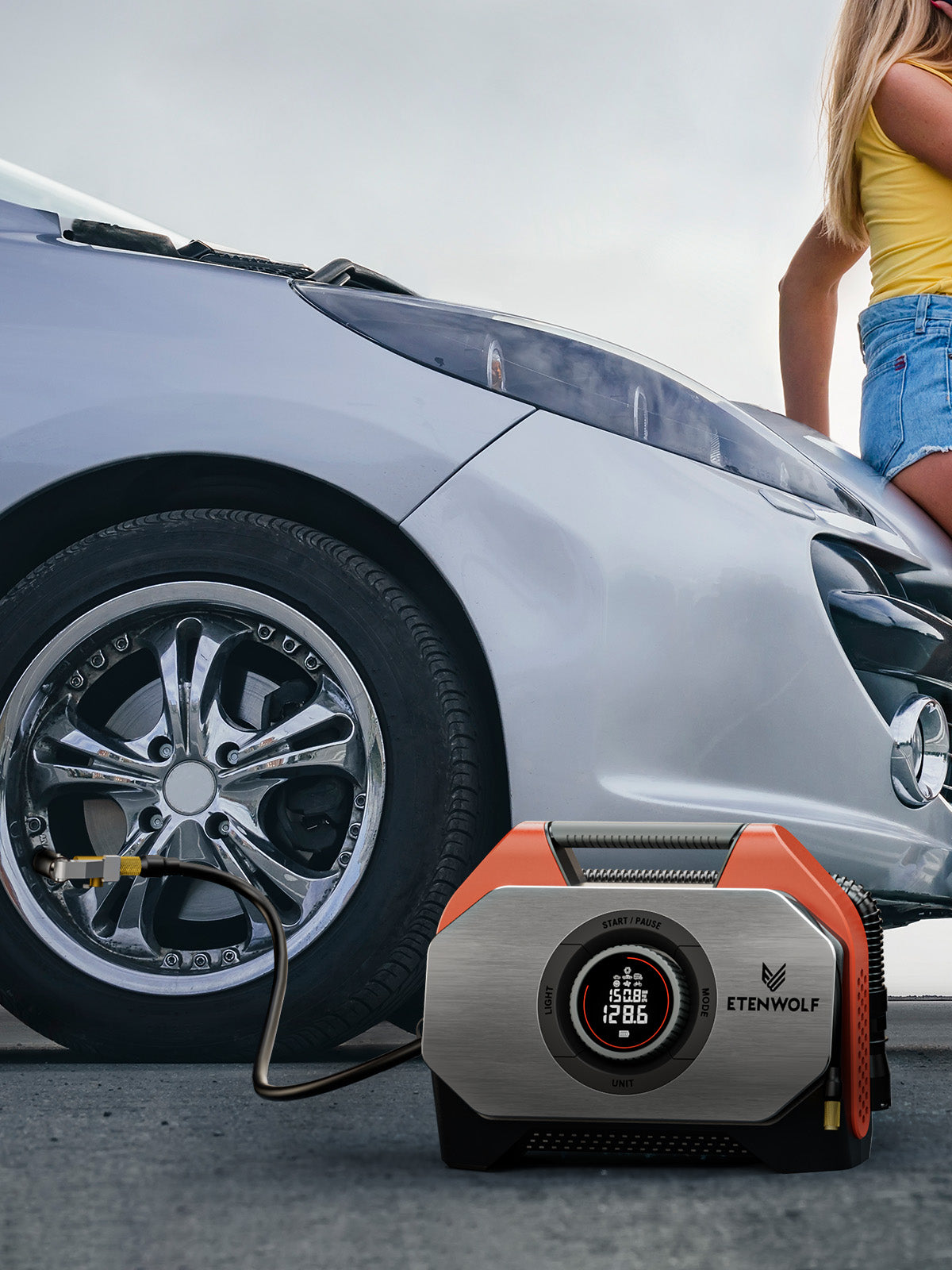
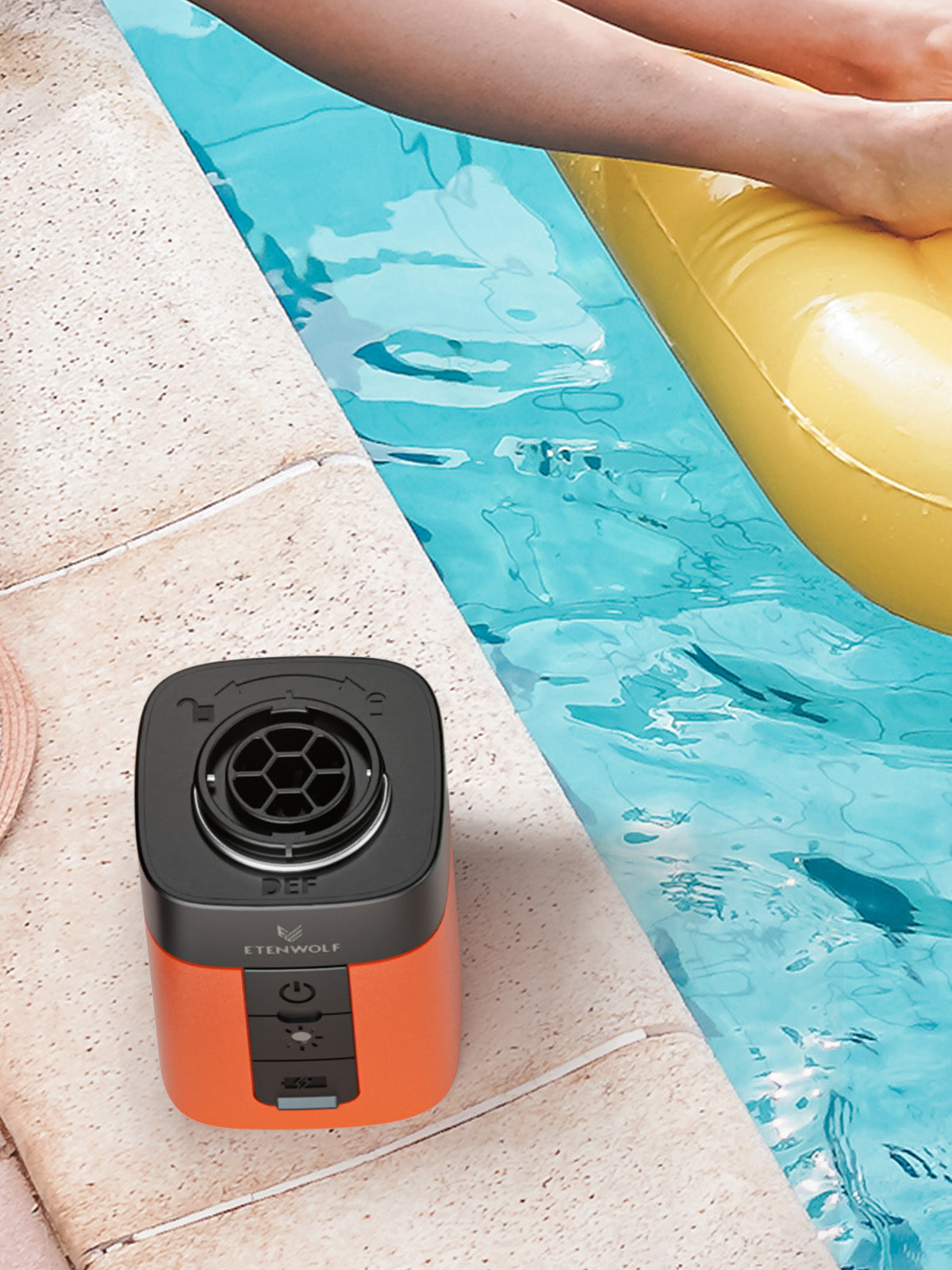
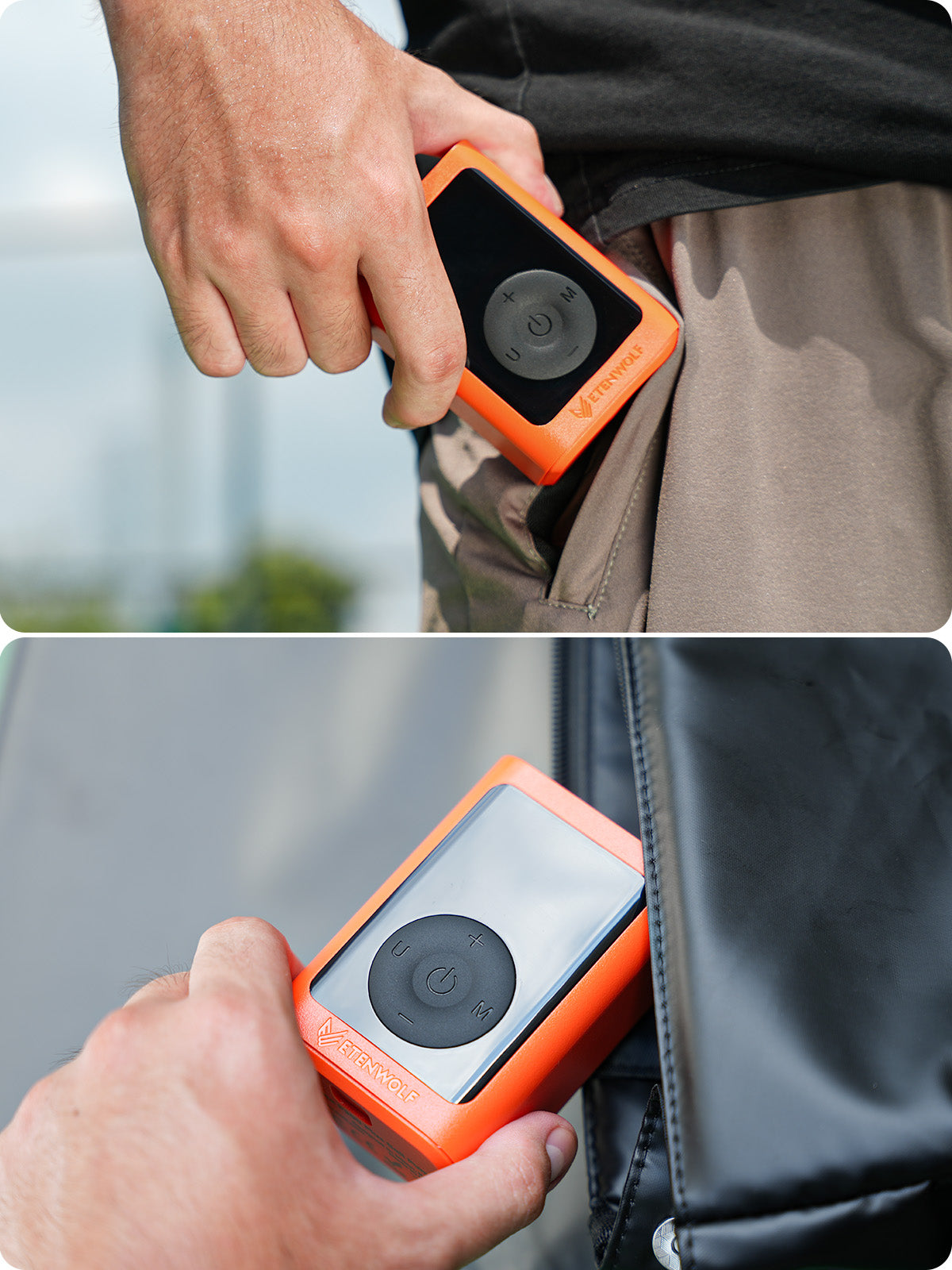

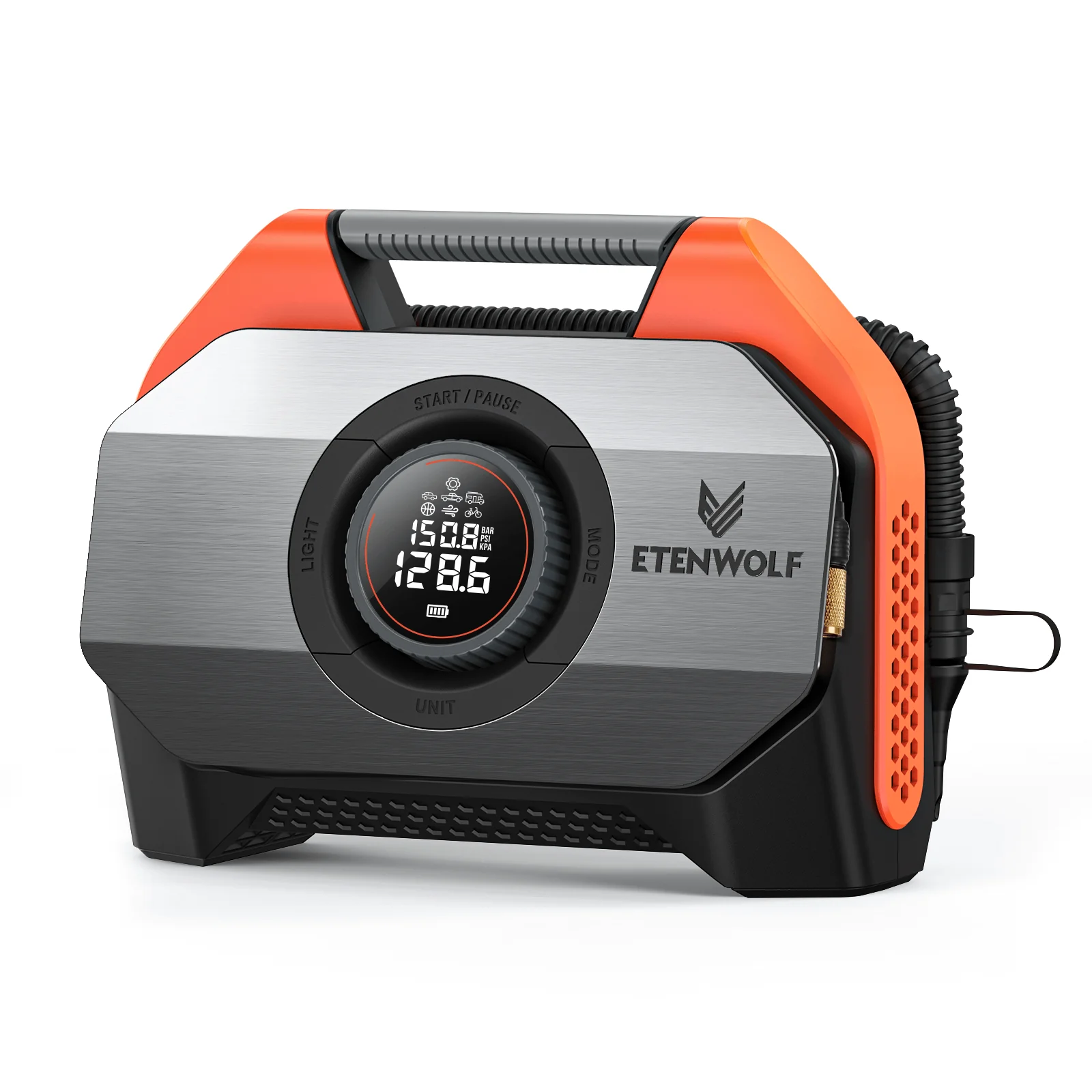
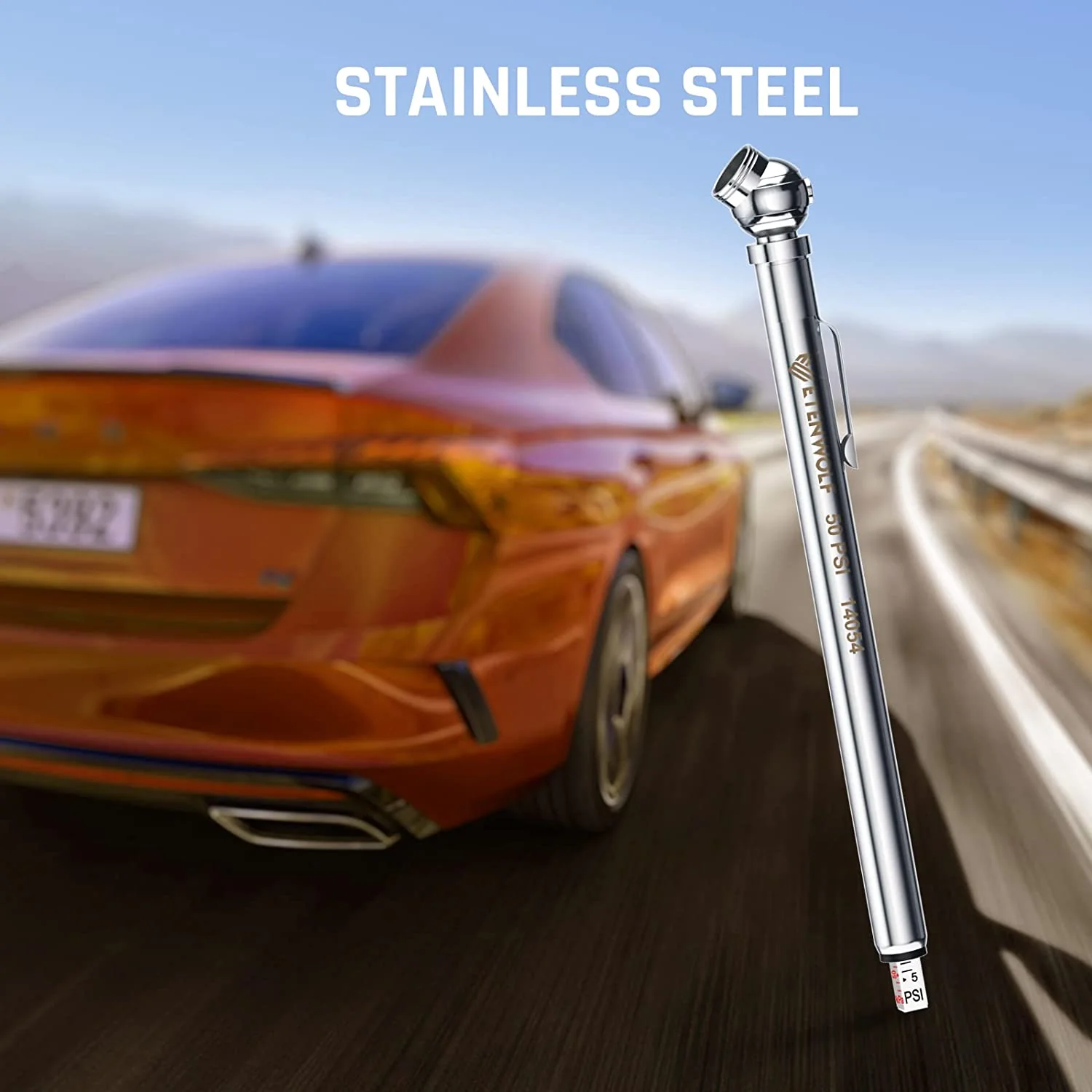
Leave a comment
This site is protected by hCaptcha and the hCaptcha Privacy Policy and Terms of Service apply.